Curate by Larry Lee
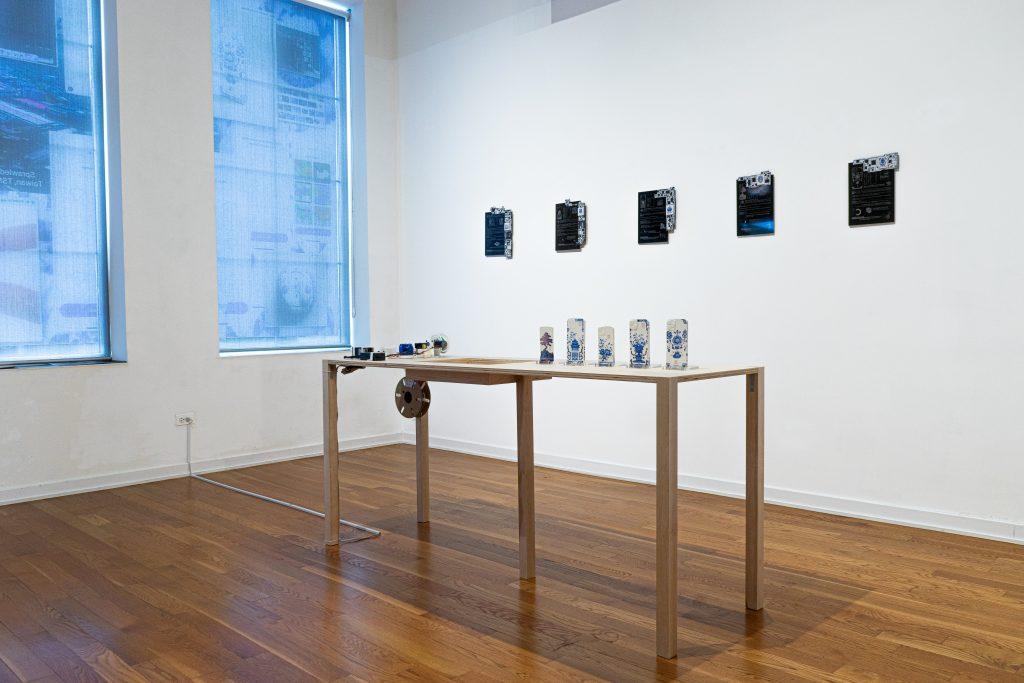
As part of the Spotlight Series in the Chinese American Museum of Chicago [2023]
– In collaboration with Cathy Hsiao –
We live in a world where digital technology connects us to a sense of global citizenship. It is abundantly clear that as human beings today we not only have physical identities but also digital ones, and our co-existence with cell phones and the internet is virtually ubiquitous, with cell phones becoming metaphorical extensions of our bodies. The mobile phone is the primary technology interface that enables us to access this digital identity. Because of this small piece of technology in our hands we communicate and create connections all over the world, generating a feeling of freedom – that we exist not just in our physical location but as multitudes, able to be present in a multiplicity of places, the fantasy of being everywhere at once. We also become perpetual mobile data storage units: carrying data as photos, texts, personal and financial information with us as we go. And for most of us, this is how we view technology – as an omnipresent cloud – a mobile ether hovering everywhere and nowhere, immaterial, labor-less.
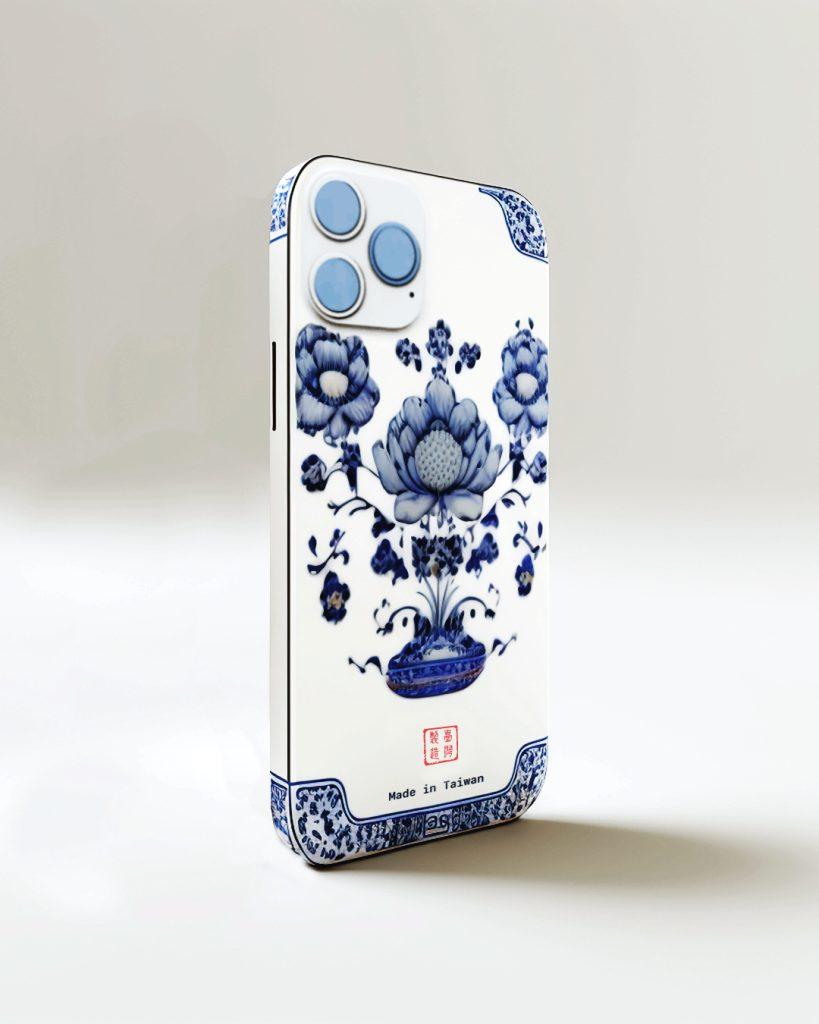
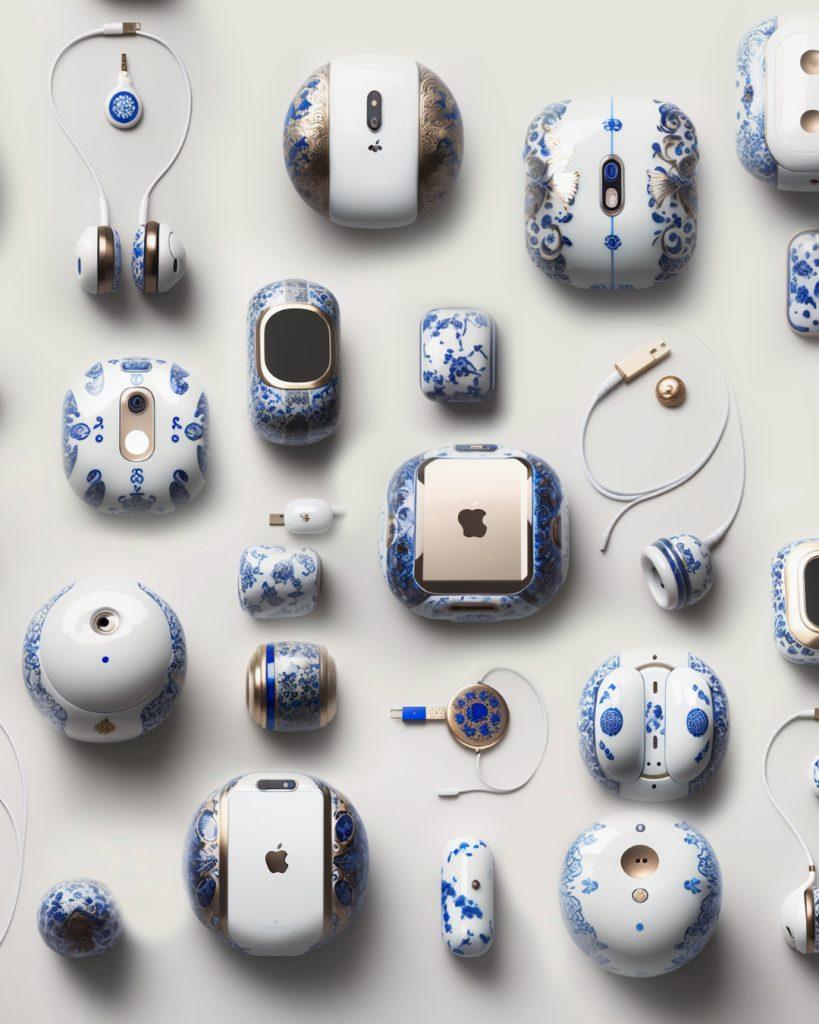
Midjourney_ [prompt]: Realistic photograph of a traditional porcelain iPhone with blue designs on a white background.
Yet our understanding of this omnipresence is limited, and its own limitations are not transparent, particularly in the production of this technology. The Apple iPhone is the world’s most popular handset and accounts for over half of the company’s sales, and all iPhone processor chips are currently manufactured by a single Taiwanese company, Taiwan Semiconductor Manufacturing (TSCM), and shipped to factories worldwide owned and operated by two Taiwanese companies, Foxconn and Pegatron, for assembly. Taiwan’s main export as a nation is electronics technology, accounting for 100% of global current iPhone model bionic chip manufacturing. Taiwan’s sovereignty is officially recognized by only 6% of countries in the world, with only 12 nations having official diplomatic relations. Taiwan’s TSMC Fab 18 factory is the most expensive factory ever built at a cost of NT$1.86 trillion or almost US$20b. In 2020 it joined the list of world’s 10 most valuable companies. Yet bowing to pressure from China after Nancy Pelosi’s August 2022 visit, Apple has refrained from using “Made in Taiwan” labels on its internal shipments of devices and parts, using instead “Made in Taipei.” The U.S. also forces Apple to block Cuba as a political and economic embargo on the island, limiting the access of Cuban citizens to its services.
“Made in Taiwan | 台灣製造” is a collaborative research project and the joint artistic intervention of Cathy Hsiao and Nestor Siré, Taiwanese – Chinese – American and Cuban artists respectively, in the socio-cultural and material contexts of our contemporary digital consumption. It explicitly reframes the technology of the iPhone into a socio-political and material one from the perspective of Taiwan and Cuba as particularly contested sites of technological production and access, re-imagining the institutional space of the Chinese American Museum of Chicago gallery as a speculative production studio utilizing the supply chain of the Apple iPhone, artificial intelligence, and open-source softwares as a way elaborate ecological and extractive footprints and the institutional infrastructures shaping our relationships to mobile technology. We analyze disparities of distribution, access, and censorship between the first world and the global south and put in dialogue the complexity of our digital identities in a global economy and the creative social practices of repair in the Cuban context.
We are also interested in proposing an alternative model based on open-source economies engaging community-led approaches to building resilient, decentralized, and environmentally sustainable networks. To create a more transparent and horizontal alternative production model, we use different materials socially available and or significant to us, such as porcelain and recycled plastic, to create different models of iPhones working with multiple collectives across Cuba.
Nancy Pelosi’s 2022 visit to Taiwan is the event launching the project. The Chinese American Museum of Chicago is the important first site where we can fully engage with the complexity of the Chinese/Taiwanese diaspora and its impact on technological access in other parts of the world such as in Cuba, as well as the AAPI and Latinx communities in Chicago.



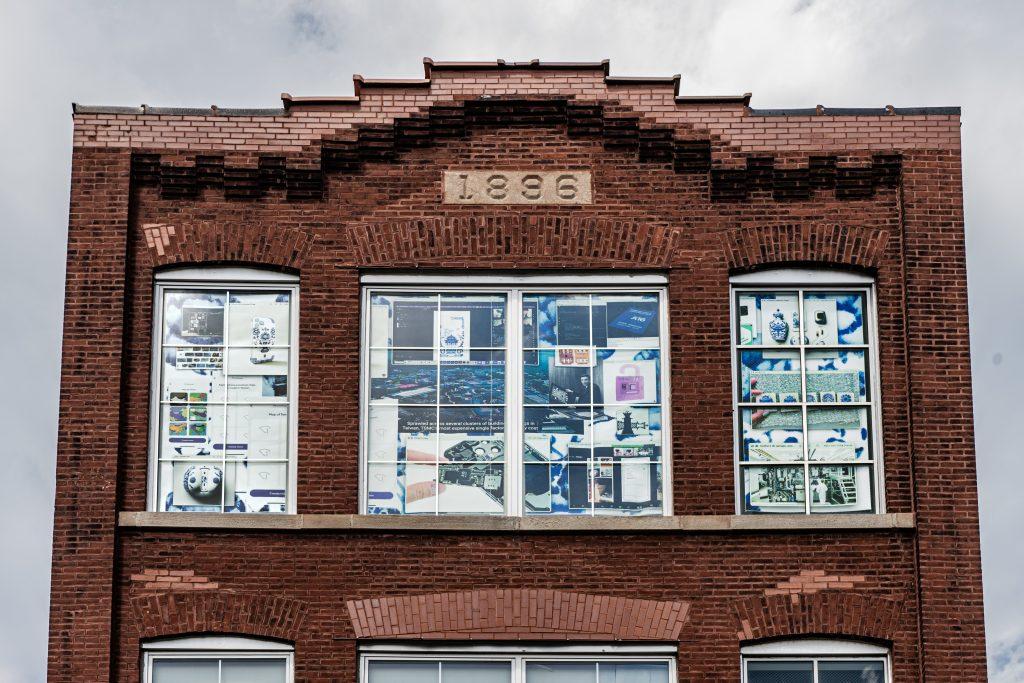
—
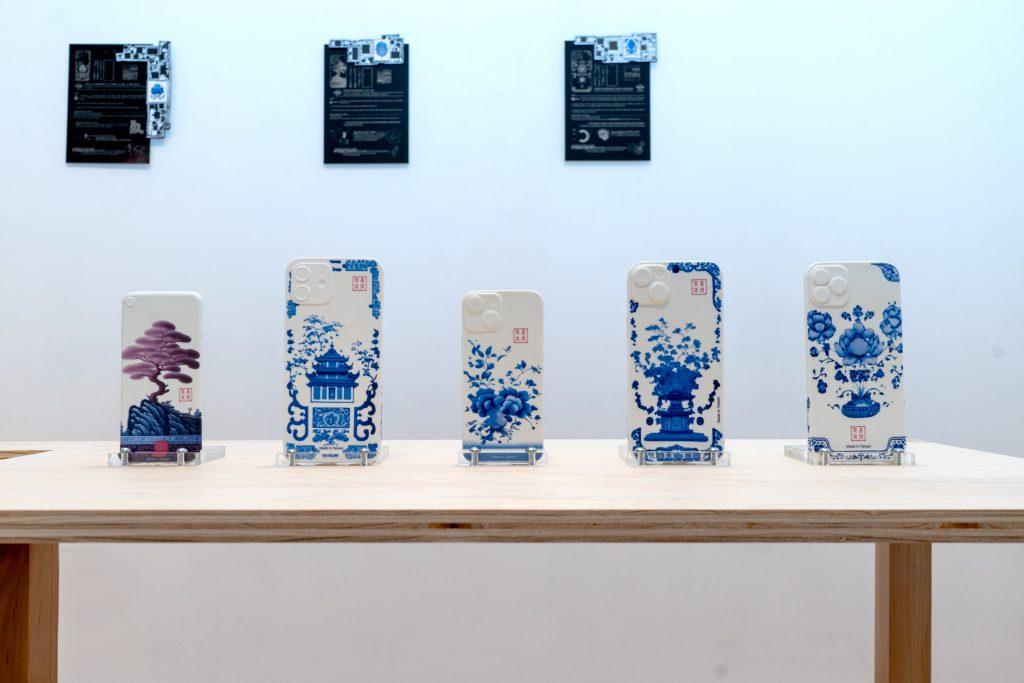
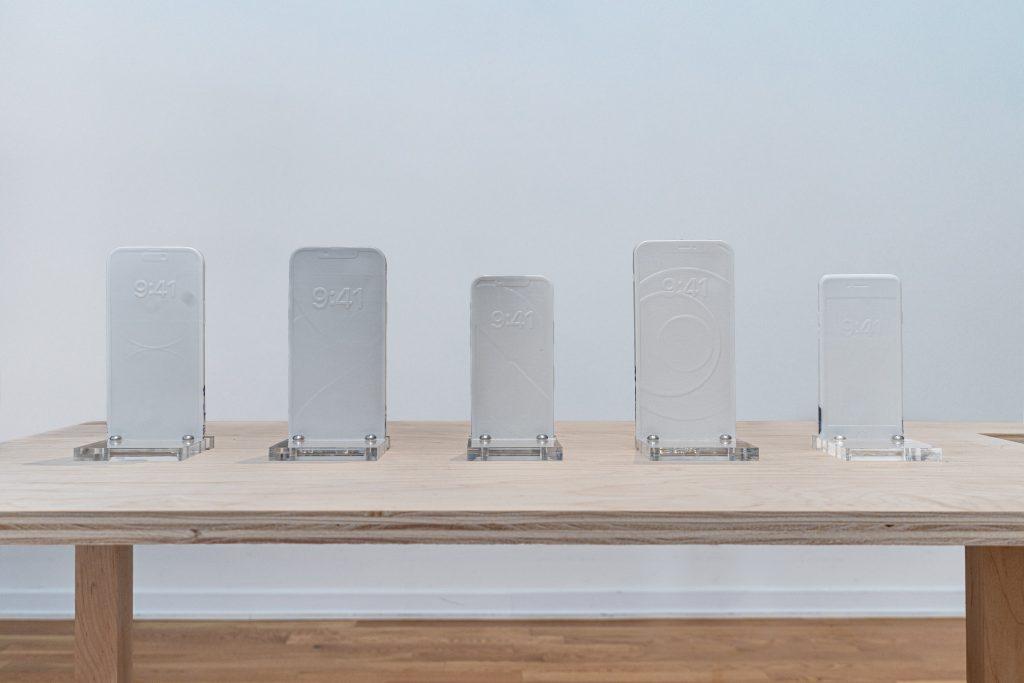
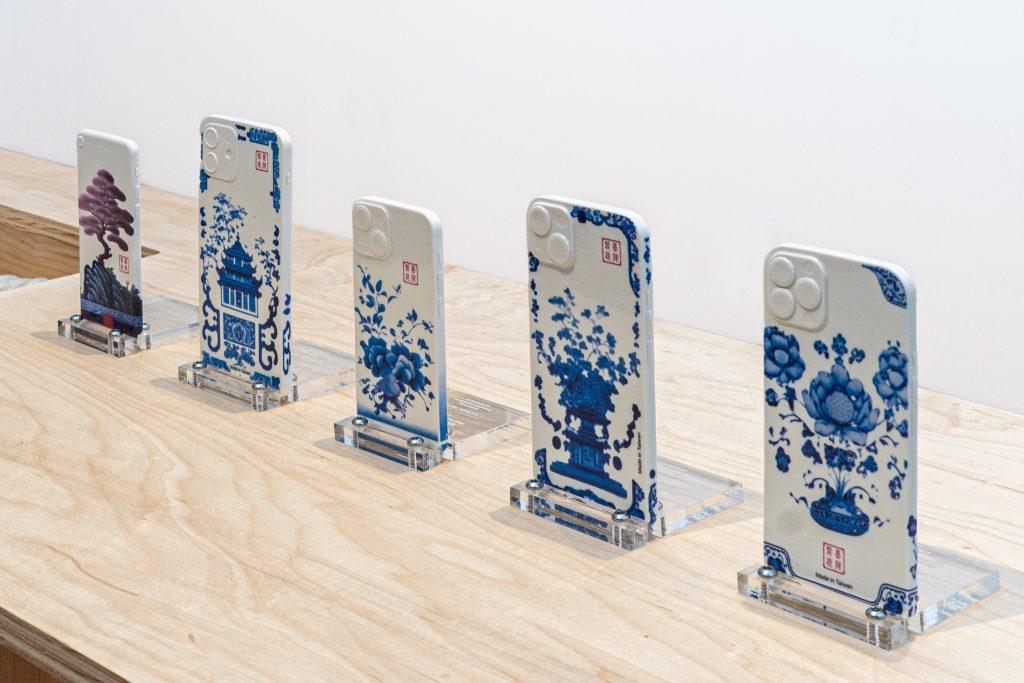
Artificially designed porcelain sculptures
—
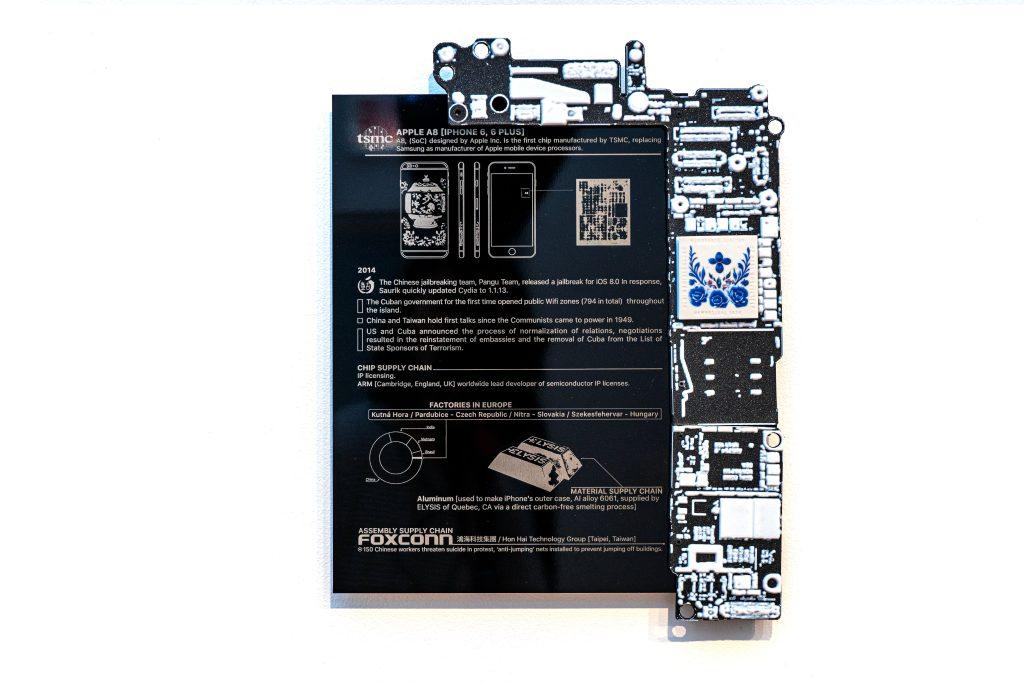
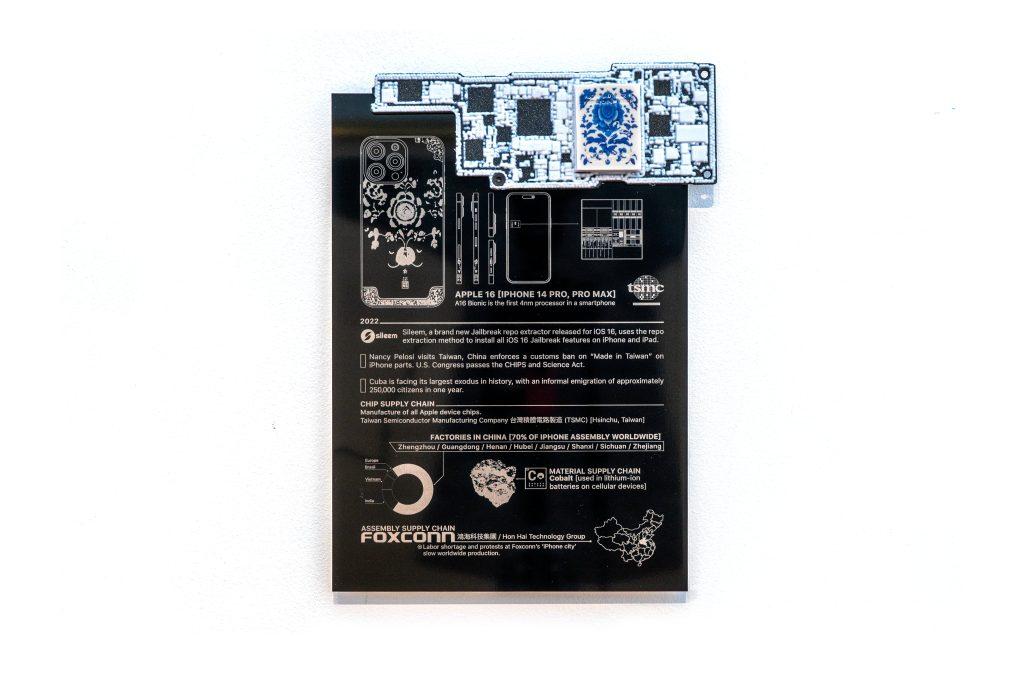

Installation, A4 anodized aluminum plates, 3D models printed on recycled plastic, and porcelain chips with AI-generated designs.
—

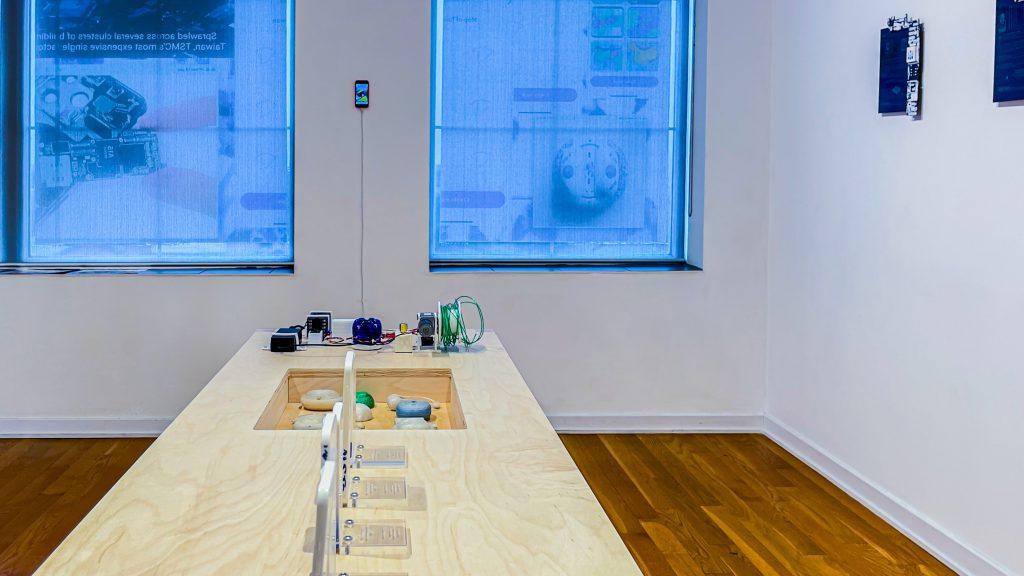
CubaCreativa [Hacking iPhone]
As part of the CubaCreativa project [2014-ongoing]
Video installation employing Apple devices.
—
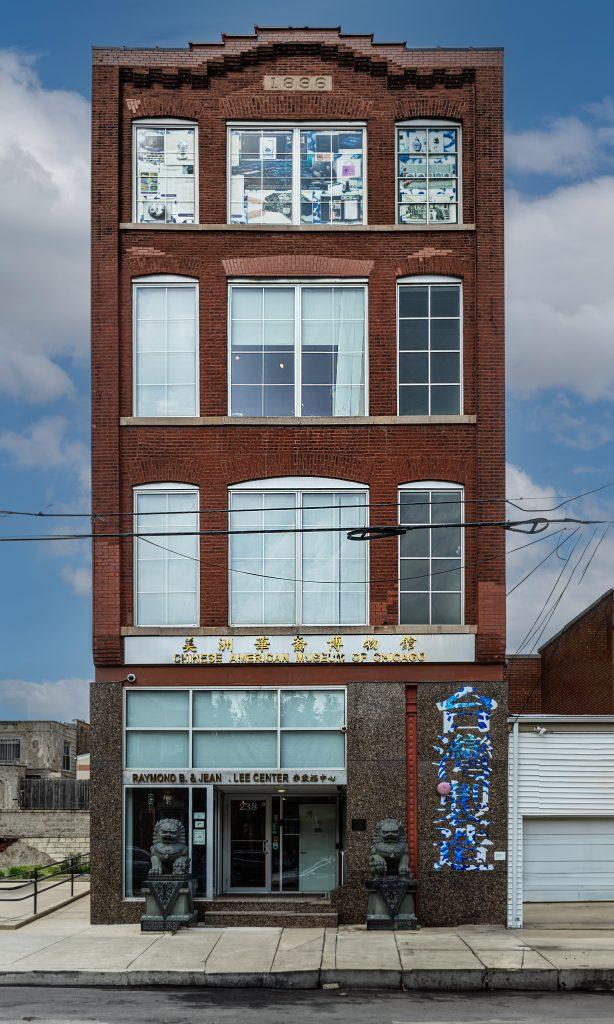


Made in Taiwan [COOL]
COOL is the acronym for «Country of Origin Label» required by the World Trade Organization to indicate rules of origin criteria needed to determine the national source of a product. It designates the economic, geographic, and political status of an object in international trade. “Made in Taiwan [COOL]” is a text and architectural facade intervention transforming the WTO required country of origin label “Made in Taiwan’ into a spatial and digital brand identity, temporarily re-branding the institutional space of the Chinese American Museum of Chicago into a product as a commentary on the social and material contexts of our contemporary digital connectivity.
—
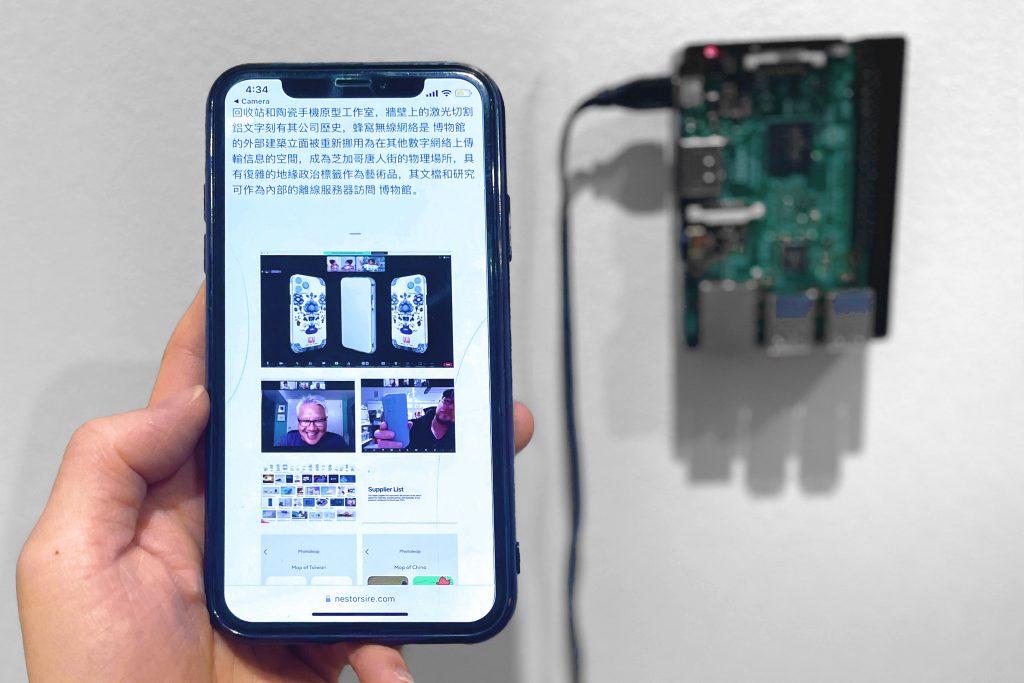

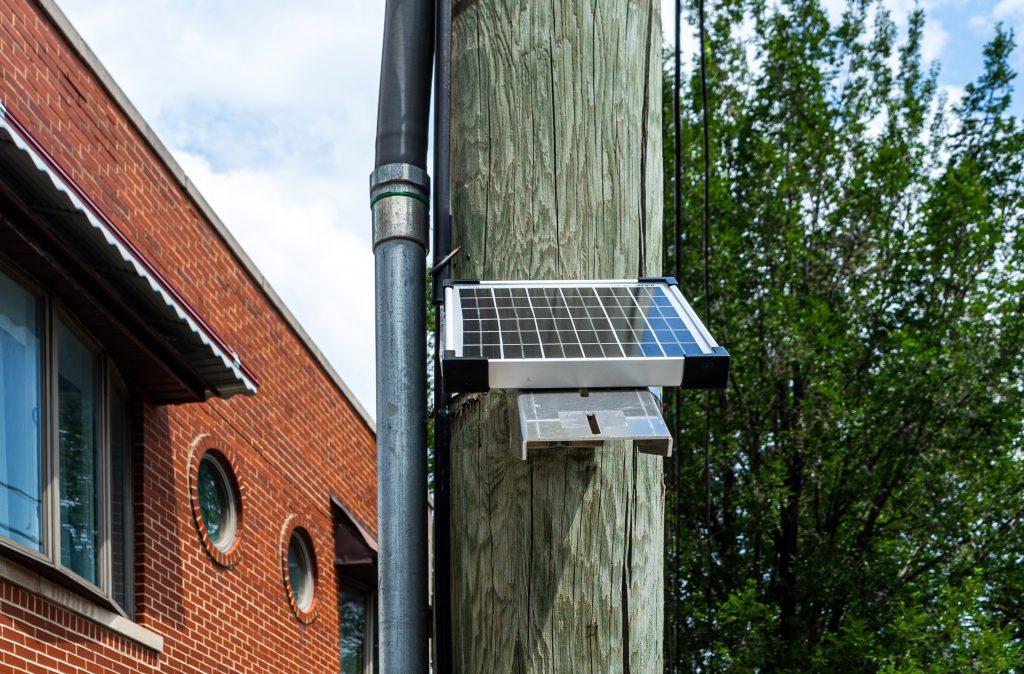
Made in Taiwan Server.01
WEMO/Solar Panel and Offline server
Using two devices, all the research process of the exhibition with texts, photographs, videos, and external links as an intervention throughout the museum accessible to gallery goers and the public of Chinatown in Chicago.
—
CREDITS
CAMOC Board of Directors: Soo Lon Moy, Ed Jung, Andrea Stamm, Judy SooHoo and Mabel Menard.
Museum curatorial team: Riley Ren and Leo Wang.
Porcelain Production: Jeremy Hatch.
Plastic recycling and 3D printing machines: COPINCHA (Maurice Haedo, Radames Alarcón and all members of the community).
Table fabrication and consultation: Shawn Michael Lucas.
Offline server development: Eduardo Pujol.
Web design: Yoan Gutierrez and Xdot Estudios.
3D modeling: Michel Parga.
Photo: Sunny Choi and the artists.
And a very special thank you to Royce Smith, Fountainhead, Nicole Martinez, O, Miami Festival, Adonis Ferro, Chuli Herrera, and all those who in one way or another helped in the development of this project.
—